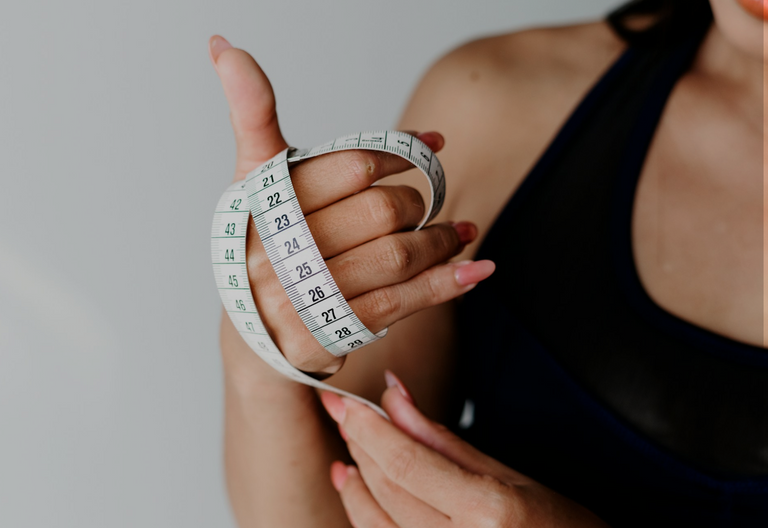Iron Tracking
CHF 79
- Checks your iron status by measuring the ferritin levels in your blood
- Take your sample from home, analysis by Swiss lab
- Results online in 2-3 days
Reasons to test
Who should check their iron status?
Menstruating women
Up to 20% of women women with a period have an iron deficiency. The reason: with each period, they lose quite a bit of iron. Especially women with a heavy period are at a high risk of developing an iron deficiency. Screening regularly can help avoid symptoms by supplementing iron in time.
Vegans & Vegetarians
A plant-based diet can easily lead to an iron deficiency because meat is generally a big source of iron.
History of iron deficiency
If you had iron deficiency in the past and you did not change anything about your diet or your life style, it is very likely that you will develop iron deficiency again.
Testing is simple, convenient and fast
What it tests for
Learn more about iron and its function in the body
Which role does iron play for our health?
Iron has lots of functions in our body.
On the one hand, it is necessary for creating hemoglobin which is in turn responsible for transporting oxygen through our body.
Beyond that, it is necessary for synthesising several enzymes and proteins which not only contribute to our immune system and our brain functioning well, but are also important for good physical performance.
Who is at risk for iron deficiency?
The two major risk factors for developing an iron deficiency:
1. Being a woman from the moment you get your first period - and start losing quite a bit of iron with each of those periods - to the moment when you stop menstruating
2. Not taking in enough iron through your food, which is often the case for vegans and vegetarians
A less common reason for iron deficiency is that your body needs more iron than normal which is the case during pregnancy or for elite athletes.
In some cases, your body might also have issues with absorbing iron you take in through your food. This can be caused by specific medications like PPIs or medical conditions like chronic gastritits.
Which symptoms does iron deficiency cause?
Iron deficiency can cause a whole lot of not-so-awesome symptoms like:
- headache
- diminished cognitive function
- fatigue - that means always being tired
- depression
- impaired memory
- diminished exercise tolerance
- muscle and joint pain
- weight gain
How is iron deficiency treated?
Step 1: If you have an iron deficiency, a doctor will first rule out any serious health conditions which might be causing your iron deficiency.
Step 2: If things are all good on that front, an iron deficiency is treated with supplements. Supplements can be taken in the form of pills or, especially if you have a severe iron deficiency, your doctor might prescribe you an iron drip.
Important when taking supplements: Avoid drinking tea or coffee 2 hours before and after taking your supplement since both drinks negatively impact the absorbtion of iron. Better have some vitamin C - for example a glass of orange juice - which improves absorption in your body.
Step 3: Beyond that, you might want to get some dietary advice to up your iron intake with your daily food. That is also a good way to prevent iron deficiency in the future.
How can I avoid iron deficiency?
The best way to prevent iron deficiency is to
- test regularly
- fix the root cause of your iron deficiency - which is mostly a lack of iron in your diet.
By testing regularly, you can track, if your ferritin value - which is measured to determine your iron status - is sinking or might even already put you in a deficiency risk zone.
If you know this, you can avoid developing an iron deficiency by increasing your iron intake or taking supplements before you get into a deficiency zone.
What we do to protect your health & privacy
What our customers have to say
FAQ
Your Questions, Answered
How quickly will I receive my test?
From Monday to Friday, all orders submitted before 16:00 are shipped on the same day and will usually arrive on the next working day including Saturday. All tests ordered over the weekend are shipped on Monday and usually arrive on Tuesday.
How will my test be delivered?
All tests are delivered by Swiss Post in envelopes or parcels without any outside markings.
Will I be able to take my sample correctly without any medical training?
You do not require any medical training to use our tests. We provide very detailed instructions on how to take your sample and several thousand customers have already successfully taken their tests.
How do I return my sample to the lab for analysis?
You simply put your sample into the return box we provide with each test kit and drop the return box off in any Swiss Post mailbox. You do not need to add a stamp, this is already printed on the return box.
Who analyses my sample?
Your sample is analysed by one of our laboratory partners Medisyn, Bioanalytica or MCL / Dr. Risch, which are part of Sonic Suisse, Switzerland’s largest laboratory group.
Are the results as reliable as from a doctor's office?
All analyses included in this test are also offered through doctors' offices by our laboratory partners Medisyn, Bioanalytica and MCL / Dr. Risch. You effectively receive the same test, you only collect the sample from home instead of at the doctor's office.
The sample collection is completed with a certified device for self-collection of a capillary blood sample.
Medisyn, Bioanalytica and MCL / Dr. Risch are part of the largest laboratory group in Switzerland and use state-of-the-art technology for analysis of all samples.
How long does it take to receive my results?
Your results are generally available online 2-3 working days after you have sent your sample to the lab for analysis.
Will I be able to understand my results without any medical training?
All tests results are easily understandable without any medical training and include clear explanations.









